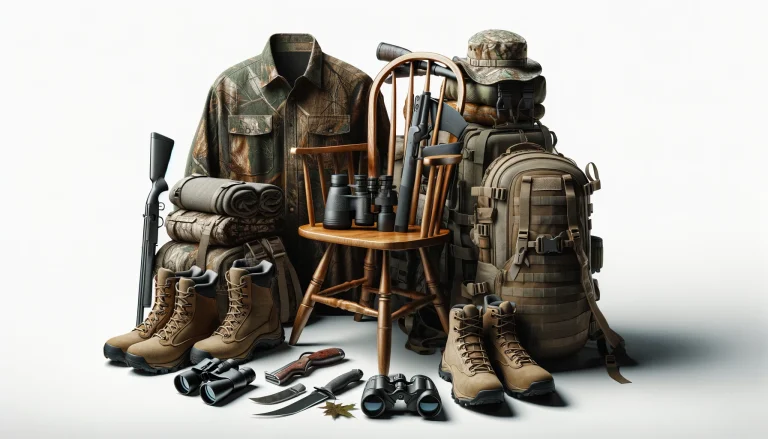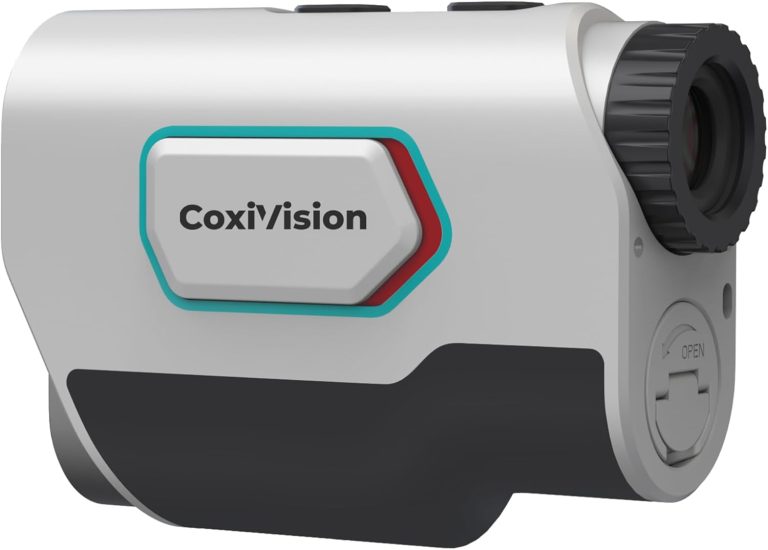How often do you clean your rifle and do you know how to clean an air rifle properly?
Let me guess: you might never clean the weapon or do it too much frequently. Both ways are wrong!
This article is to provide the best understanding of air rifle maintenance so that you can make the most out of the rifles’ lifespan.
Check it out now!
People also read:
Quick Navigation
Why Should You Clean An Air Rifle?
When I asked some of my friends who have years of experience, they have never cleaned their rifles. It makes sense considering that airguns do not leave any residues inside the barrels and the fired pellets can also clear out debris effectively.
Nonetheless, I still recommended they clean the guns for some reasons, including:
- To rule out the lead clog and improve the shooting accuracy.
- To prepare for pellet type change.
- To remove oiling conditions of new air guns.
- To service the air rifle before putting it into storage.
- To remove suspicious stuck on the barrel.
When to Clean An Air Rifle?
Regular frequency
Time is not a matter of specific months, but how many shots you have fired.
Professionals recommend that professionals clean the rifle every 1000 shots for general target use and more frequently for hunting.
I often count the shots based on the tins of pellets, thinking that most come in the form of 250. When the 4th tin runs out, I know it’s time to clean my air rifle.
Irregular frequency
Out of the blue, the air rifle loses its accuracy. The internal barrel might get dirty or wet, then. It’s time to clean your gun.
However, disassembling the executed barrel is not an easy task, let alone wash it correctly.
Keep reading all cleaning tips throughout.
How to Clean An Air Rifle?
Air rifles feature many internal mechanism parts corresponding together, each requiring some form of cleaning and maintenance.
Some cleaning tools to prepare:
- Bronze, brass, and nylon brush: Brush is helpful to clean soft barrels. Nylon is an affordable and acceptable option. However, brass or bronze is more effective in cleaning steel barrels.
- Cleaning kit: If you are willing to invest more money, you can buy available cleaning kits to take good care of your air rifles.
- Cleaning rod: The rod is helpful to push the obstruction out.
Now, get into specific parts of the air rifles.
Internal barrel
There is often a buildup of oil or metal deposits after firing pellets. Fortunately, you do not need to clean it too much frequently. Instead, apply the following two rules:
- Use cleaning pellets: After 1000 shots, meaning four tins of pellets, you should clean the guns from the breach rather than the muzzle. A cleaning rob can take an extra step of cleaning.
- Never additionally oil the barrel: Oiling is a massive no-go process that causes more harm than good. Rather than increase the dieseling power, extra oil leads to a build-up when combusting the fired pellets.
The internal barrel is very soft, and overdoes cause the chance of damaging it.
Outer barrel
Outer areas are easier to clean and maintain so that they do not rust.
- Remove the water and dirt: Simply prepare a lint-free cloth to remove any moisture and contaminants from the gun’s surface. Dry-wipe again with another clean piece of fabric. Water, if any, can rot woodwork and cause rust.
- Apply a protective coat: If you often find yourself using the rifle in a wet environment, you had better spray a protective silicon-based oil over the exposed areas. The skin will act as a barrier to corrosion.
- Varnish the woodwork: You can apply a sheen finish to protect against mild impacts when it comes to the wooden outer barrel.
If the stock is not made of wood, you just need to wipe it down once and a while. Remember to keep an eye on torn areas to prevent moisture from penetrating the stock.
Action and trigger
Action and trigger are two essential mechanisms to the air rifle’s operation. Without cleaning them carefully, moisture takes no time to sit on.
- Put oil into action: I recommend removing the stock and dropping some mineral oil into moving parts to ensure the optimal operation. Remember to use proper gun oil rather than thick motor oil.
- Degreasing the triggering mechanism: If you are an experienced tinkerer, you can remove the casing of the trigger and use a degreaser spray and re-oil it later.
If you are not confident of doing so, you had better bring the gun to a gunsmith to complete the task.
Scope
Many hunters often overlook the scope while cleaning the air rifle. In fact, this part is essential to improve the accuracy of the gun.
Ensure that the scope and mounts are tight in advance. Then, use the cloth to clean the glass on both ends. You need to prepare a smooth and clean cloth so that it will not scratch the lens.
Storage tips
After you clean the air rifle, you should also store it the right way to avoid dirt or lint. If possible, you can keep the gun in the bag to prevent knocks and wears.
You need to ensure that all pellets are removed from the chamber and keep the gun from the cocked positions. Otherwise, it possibly weakens the mainspring and even causes dangers.
To Close …
When you read the article all through, I hope that you already know how to clean an air rifle. Here is some general advice for you to take home:
- Avoiding putting the rifle in a dry place and from water/chemicals.
- Gently wiping down after use to remove finger marks or grease.
- Getting an experienced gunsmith to service your gun frequently, if possible.
- Storing the gun properly when you do not use it.

















